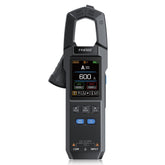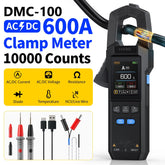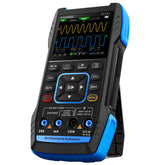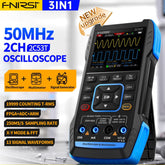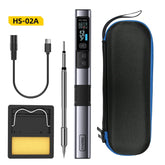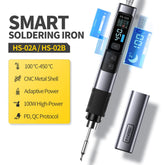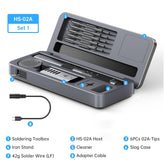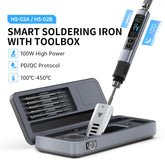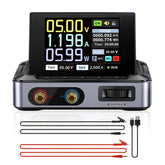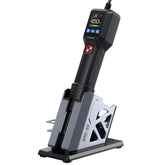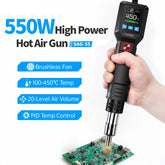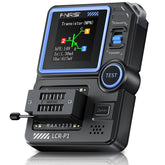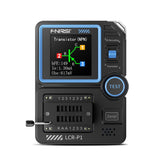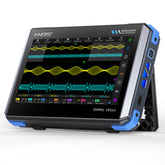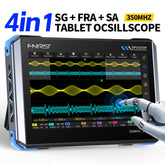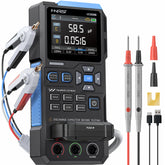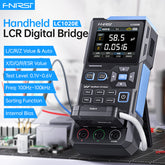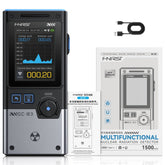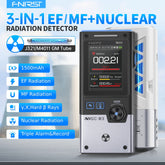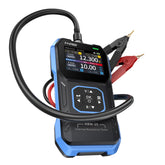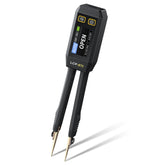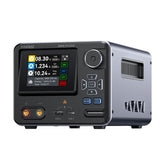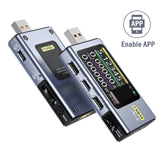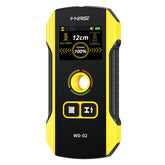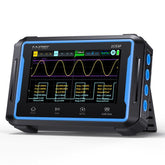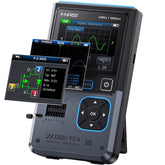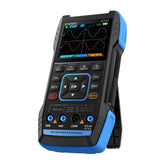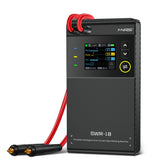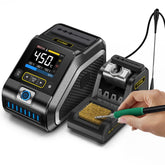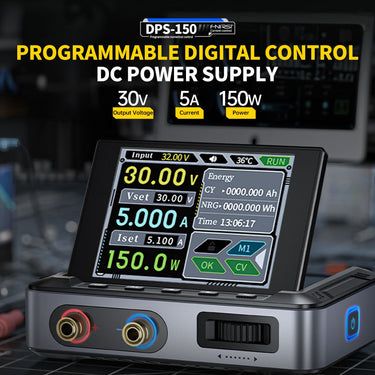If you’ve ever struggled to use your device’s multimeter function for testing diodes and continuity, this detailed guide will simplify the process. Follow these clear steps to get accurate results every time.
Step 1: Access the Multimeter Function
Start by switching your device to the multimeter function. After selecting this mode, press the confirm button to enter it. The device will default to fully automatic mode—this is your starting point for the tests ahead.
Step 2: Insert Probes Correctly
Take the multimeter probes and insert them into the bottom ports of the device. It’s critical to ensure each probe is placed in the correct socket; incorrect placement can lead to wrong readings or even damage the device.
Step 3: Test Continuity in Fully Automatic Mode
Testing continuity in fully automatic mode is simple:
- Short the two probes together (touch their tips to each other).
- A valid connection will show zero ohms on the screen, indicating the circuit conducts electricity properly.
Step 4: Limitation of Fully Automatic Mode for Diodes
Fully automatic mode fails to accurately identify diodes. When you connect probes to both ends of a diode in this mode, the meter will misclassify it as a high-resistance resistor instead of a diode. To test diodes correctly, you need to switch modes.
Step 5: Switch to Diode Continuity Mode
Locate the range selection knob on the device’s panel. Rotate the knob to switch from fully automatic mode to diode continuity mode—a setting designed specifically for diode detection and enhanced continuity testing.
Step 6: Retest Continuity in Diode Continuity Mode
Once in diode continuity mode, retest continuity to experience the improvement:
- Touch the two probes together again.
- This time, the screen will indicate conduction and emit a sound (the familiar “buzzer mode”). The buzzer provides an audio cue, so you don’t need to constantly monitor the screen.
Step 7: Test a Diode Accurately
To test a diode correctly, follow these sub-steps:
- Identify the diode’s polarity: Look for the white stripe on one end—it marks the cathode (negative terminal).
- Connect the probes: Attach the black probe to the diode’s striped end (cathode) and the red probe to the other end (anode, positive terminal).
- Check the reading: When a normally functioning diode is connected correctly, the screen will present the corresponding forward voltage drop. This value is a direct indication that the diode has the ability to conduct, indicating that its performance is normal.























